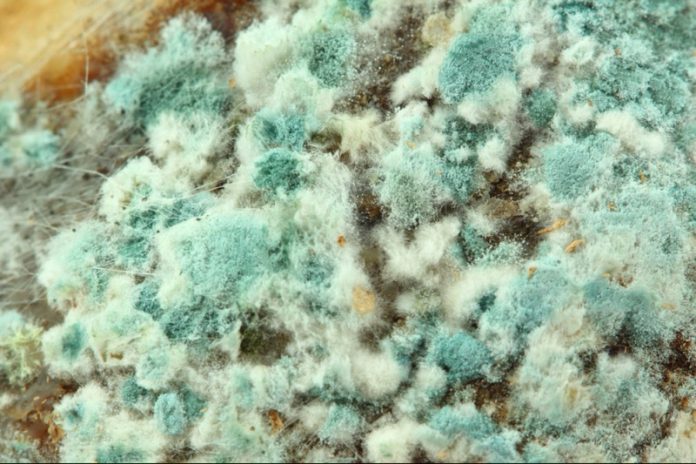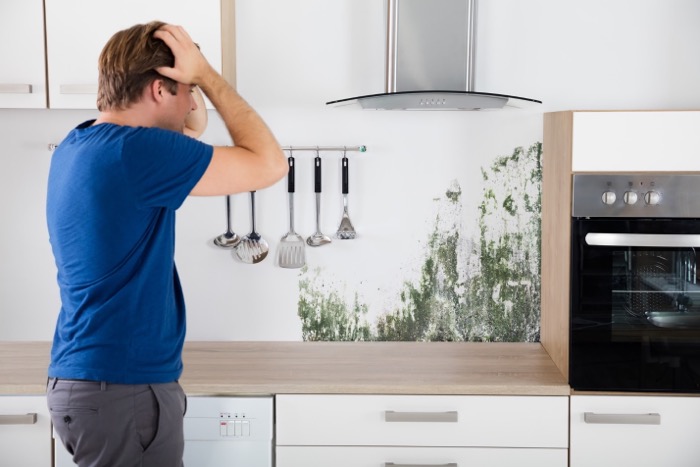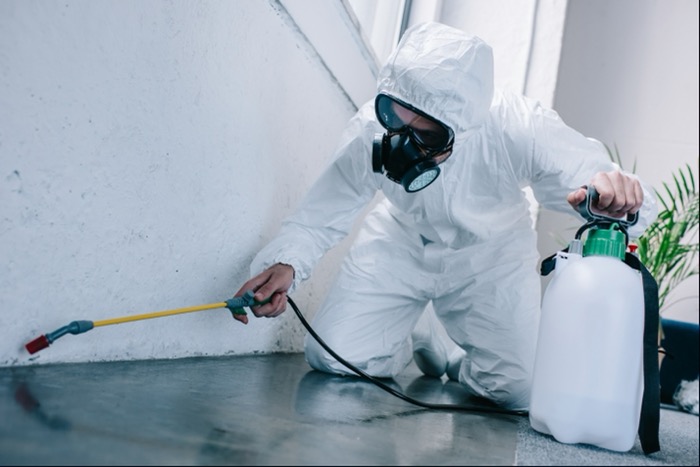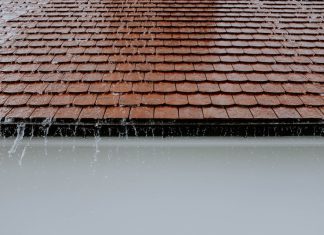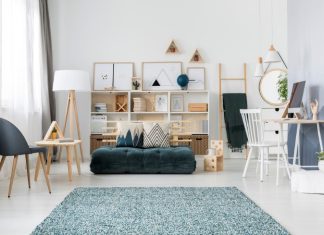Mold spores are always present in the air, no matter the type of climate you have in your area. A mold is a type of fungi that’s beneficial to mankind, think about penicillium. Penicillin naturally produces antibiotics that fight infections caused by bacteria. However, certain types like black mold are harmful to one’s health.
One of the most common types of mold found in homes is mildew. This will grow in damp and warm places like books, fabrics, bathrooms, and basements. It has a colony described as powdery white or gray, and it will turn brown if not removed immediately. You can test a surface if it has mildew on through the application of chlorine bleach. When this “stain” disappears after a few minutes, it’s mildew, and if not, it’s just probably accumulated soil.
About Hiring Professionals
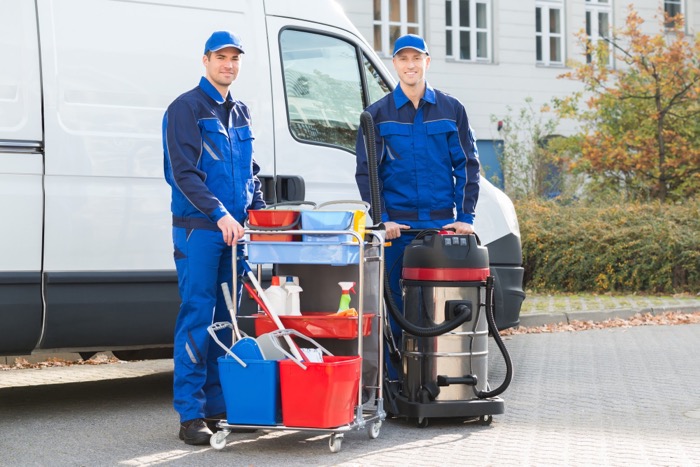
Know that if the infestation is not removed early, you may need to hire a professional to do the job. Usually, if the fungi cover over 10 square feet of area in your home, it might be time to call Precision Mold Removal Chicago for help. This is because the removal of larger colonies may require you to use proper disposal according to the guidelines of your local council, as well as the involvement of heavy-duty chemicals in the process. If you are uncomfortable about doing these, you may refer to experts to do the job for you.
Helpful Products that Assist in Mold Removal
Chlorine Bleach: Regular household bleach or sodium hypochlorite usually removes the discoloration caused by mildew and destroys its growth. However, the bleach may be harsher, and it requires diluting before you can use it to be on the safe side.
Distilled White Vinegar: Vinegar is acidic, and it can break down the core structure of the fungi and kill it afterward. Vinegar in itself is gentle so that the stains may stay. You may have to scrub the colors with the help of a detergent or cleaner to remove them.
Borax and Baking Soda: Baking soda or sodium bicarbonate and Borax have pH levels that inhibit the survival and growth of the mold spores. Both of these products are common in the home and are relatively inexpensive. You can mix them with water as they are non-toxic, and you can work on the mildew on your bathroom or walls. Borax combined with baking soda is excellent for stain removal, but it might not be more effective than a more robust solution.
Removal of Mold from Fabric
You may have recently experienced a flood and if so, know that bacteria and mildew can grow on the furniture, books, pictures, and other personal belongings you may have. Fabric items may be impossible to save, and you might need to throw them away if you see mildew on the walls because of dampness before it covers a larger area. Learn more about preventing mold problems on this site here.
For fabrics, place the items under the sun and brush away the surface as much as possible. This will prevent the spores from spreading inside your house. Wash the clothes with the hottest water setting possible and add some disinfectant. If there are remaining stains, create solutions that are made up of oxygen bleach. Allow the fabric to soak in them for at least nine hours.
About Mold and Household Appliances
Coffeemakers, refrigerators, and washers combine food, heat, and moisture to feed molds, so they require regular cleanings. You can clean the washer by running a hot cycle that has chlorine bleach in it. Ensure that there are no clothes when you do this for more efficient cleaning. Inspect the nooks and crannies of the front-load washing machines to ensure no mildew in them. This will make your clothes smell fresher and cleaner.
Distilled white vinegar will inhibit mold growth and will usually do great in cleaning coffee makers and refrigerators. Make sure to wash it with water afterward to remove the smell.
Grout and Tiles
Body soil and bathroom humidity are some of the perfect environments for spores to grow and increase. Fortunately, plenty of inexpensive and affordable cleaners are available out there to remove them. Chlorine bleach and water can do the job and prevent the mildew from covering more tiles and grout.
You can mix one part of bleach with about 16 parts of water. A gallon of this mixture is usually applied to mold-affected areas where they will do the job well. The solution should remain for about 15 to 20 minutes before re-treatments or scrubbing. Rinse with water and keep the windows open.
Mold Removal for Carpets and Floorings
If you see the mold that’s black and fuzzy, know that this is a worse situation than having just an unsightly visitor in your home. You should inspect your home for any signs of structural damage and wear respiratory protection whenever possible. The building materials with black molds should be put inside a heavy-duty plastic bag for disposal.
When you’re cleaning your wooden floors, use bleach and water solutions for more adherence. One part of dishwashing detergent to twenty parts water added with ten parts of bleach should be enough. Apply them using a mop or sponge. Let the solution stay or allow it to air dry.
A musty smell in the carpet may mean that you have mildew, requiring complete replacement. Wear respirators and cut the carpet into small sections of pads. Mist the underflooring and materials with water so you can prevent the spread of mold spores. Wrap the carpet and dispose of it immediately. Vacuum thoroughly and allow the area to air dry before you replace anything.
If the steps above do not eradicate the mildew and spores inside your house, it may be the best time to call the experts. Working on mold removal is not an easy task, and it can be dangerous to your health. It’s best to call the professionals who will work faster in removing these health hazards from your home.
